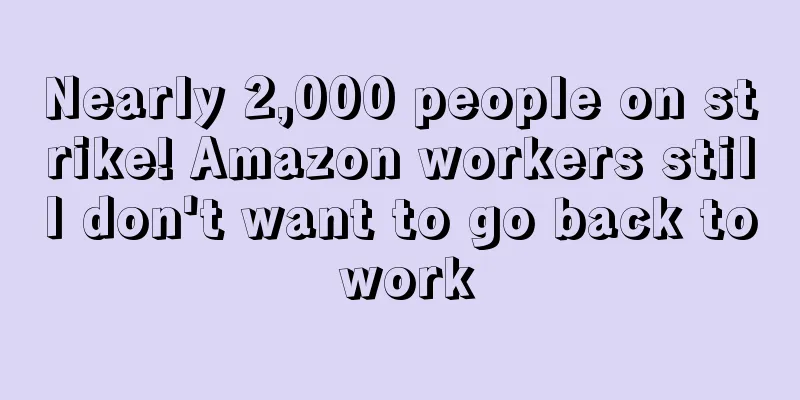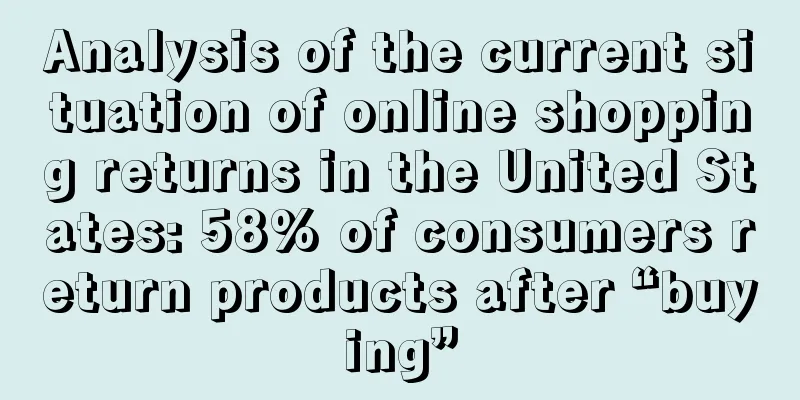Second-hand goods may become the next e-commerce gold rush

|
Aside from the sustainability angle, a huge appeal of secondhand goods is the accessibility of prices. Secondhand goods allow consumers to own unique pieces from favorite brands, adding an asset of a certain range of value to their collections.
Andy Ruben, founder and CEO of Trove, predicts that within the next 10 years, every brand will have resale as part of their distribution channels. It’s a $32 billion market that will reach $64 billion, according to Global Insight.
Today, the demand and supply of second-hand goods are strong . Buyers are more sophisticated and shopping on a larger scale, so online marketplaces such as Vestiaire Collective, The RealReal, ThredUp, Poshmark and Rebag are gaining a significant share of the market. Consumers want to buy second-hand goods and make purchasing decisions based on competitive prices.
Industry data shows that fast fashion is one of the most polluting industries on the planet. The Ellen MacArthur Foundation estimates that 10% of global carbon dioxide emissions and 20% of water waste come from the fashion industry. Max Bittner, CEO of luxury market Vestiaire Collective, said that using second-hand handbags can help reduce up to 90% of the fashion industry's carbon emissions.
When it comes to second-hand goods , each piece is unique, and finding the right price for the seller is tricky and takes time. When it comes to attracting second-hand consumers, there are multiple possibilities to make the refurbished or second-hand shopping experience better. Here are a few techniques and strategies to consider :
1. Understand the market and pricing strategies or algorithms to improve through better image recognition software. Additional features of the market platform should include subscription access fees.
2. Study the Sustainability Calculator to assess the CO2 footprint of new products relative to used products.
3. Look for technology that can provide cross-shopping suggestions, making shopping baskets larger and shipping more CO2-efficient.
4. Many retailers offer the option of refurbishing old products, by receiving the old products and in return giving a discount on the products the consumer wants to buy.
In the next few years, sustainable ecological consumption concepts and the accessibility of product prices will attract more and more second-hand goods consumers! Second-hand goods E-commerce boom |
<<: Amazon removes a large number of Bing Dwen Dwen products from shelves
Recommend
Freight forwarders have problems, trademarks are exposed, and platforms are closed! Sellers: It’s so hard to live...
The ups and downs of 2022 are finally over, and t...
The French beauty market will exceed 2.6 billion euros in 2021, with growth in many categories
According to a survey by the research organizatio...
What is Crov Dropshipping? Crov Dropshipping Review, Features
Crov Dropshipping App simplifies your order proces...
Amazon sellers were disqualified from offering special offers after changing shipping prices twice in one minute
Many Amazon sellers hope that their products can ...
More than 90% of the elderly in the UK shop online, and the elderly group has become a new driving force for the development of e-commerce
Recently, Good Rebels conducted a new study , int...
Search volume surges by 1,300%! Made in China becomes popular unexpectedly, orders are placed until August
In recent years, domestic specialty foods such as...
Another big seller went bankrupt! Amazon store has been cleared out
The e-bike industry seems to be experiencing a mi...
68% of American consumers prefer same-day delivery, with clothing and electronics becoming popular
Recently, when an agency conducted a conversion r...
What is AZ to Excel? AZ to Excel Review, Features
AZ to Excel Tools and Utilities for Online Seller...
US online grocery sales fell 6% in March! "Home delivery" orders dropped significantly
Recently, Brick Meets Click released the U.S. gro...
What is very100? very100 Review, Features
very100 is a brand that aims to develop sports and...
Macy's releases second quarter financial report, 41% of new customers come from online
Macy's revenue for the second quarter ended J...
What is WAON? WAON Review, Features
WAON is a prepaid electronic currency used in Japa...
What is Chubb Limited? Chubb Limited Review, Features
Chubb is the world's largest property and cas...
What is Anjiekang Freight? Anjiekang Freight Review, Features
ASB LOGISTICS (Shenzhen ASB Freight Forwarding Co....









